The unlikely synchronicity between Italian radicalism and Japanese metabolism

A new exhibition addressing two architectural movements from the 1960s and 70s – the metabolists in Japan and the radicals in Italy – has opened at the Museo Carlo Bilotti in Rome. Organised by Fondazione Italia Giappone, a group promoting and strengthening the nations’ 150-year diplomatic relationship, ‘Invisible Architecture’ compares building design in Italy and Japan at the dawn of the two conceptual movements, then surveys contemporary work from both countries.
Having sprung up amid political revolution following decades of war, metabolism and radicalism share remarkable synchronicity. Both came from a place of idealism, where utopian schemes, masterplans, living space and civic buildings were designed to ease societal shifts – even if they were rooted in distinct cultures and historical experience. Regardless, they went on to make a remarkable impression on future generations, at home and abroad.

Superstudio, Viaggio nelle Regioni della Ragione, 1968.
A highly creative architecture of purpose flourished within these stabilising societies – an attempt to gain control over a swiftly evolving landscape and rapid developments in science and technology. ‘Invisible Architecture surveys these projects through the lens of three themes: environment, technology and inhabitation. Curator Rita Elvira Adamo grew this substantial survey from a research project at London Metropolitan University, collaborating with Italian academics Cristiano Lippa and Federico Scaroni from the University of Tokyo.
Works on display include designs by Sou Fujimoto, Yamazaki Kentaro, Onishimaki + Hyakudayuki Architects, Yuko Nagayama, OFL Architecture, DAP Studio, Ian+, Studio Wok and Tipi Studio. The exhibition culminates with a large site-specific inflatable by Analogique, which meditates on the values of the two groups.

Awazu Kiyoshi, poster for the work of Kisho Kurokawa, 1970.

Strutture in Liquefazione by Archizoom, 1968.
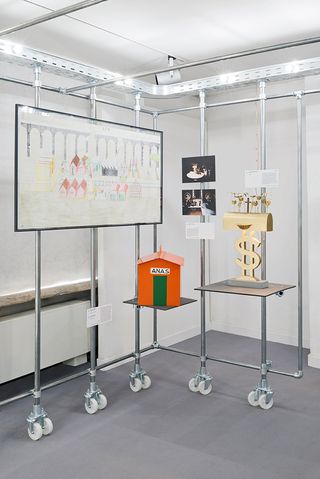
A versatile metal frame hosts objects and images in the exhibition.
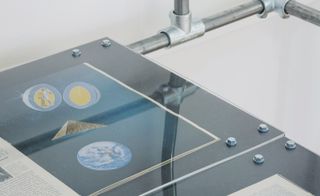
A detail of the exhibition.
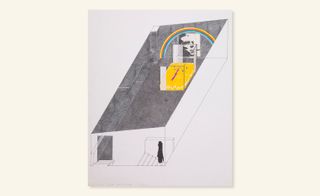
Gazebo Che Guevara, by Archizoom, 1962.
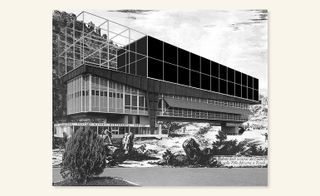
Energy bridges by Ian+ 2013

The site-specific inflatable installation for the exhibition designed by Analogique
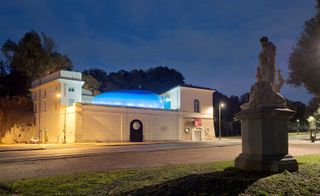
Exterior view of the Museo Carlo Bilotti, Rome, Italy with the installation
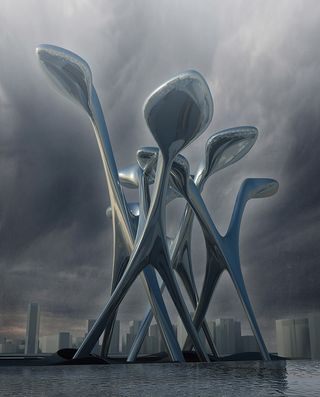
OFL Architecture, X Project, Rome, Italy, 2011
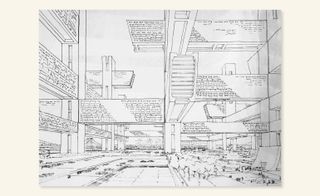
Arata Isozaki, Office Building, plan for Tokyo, with Kenzo Tange, perspective of office tower, 1960.
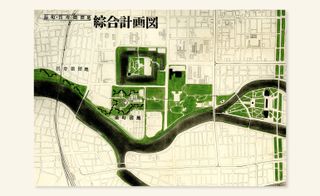
Master plan of Matomachi Apartments, Hiroshima, designed by Masato Otaka, 1969-78.

Nakagin Capsule Tower by Kisho Kurokawa, axonometric drawing of capsule unit at 1:20 scale, 1972.
INFORMATION
‘Invisible Architecture’ is on view until 26 March. For more information, visit the Museo Carlo Bilotti website
ADDRESS
Museo Carlo Bilotti
Aranciera di Villa Borghese
Rome
Wallpaper* Newsletter
Receive our daily digest of inspiration, escapism and design stories from around the world direct to your inbox
Harriet Thorpe is a writer, journalist and editor covering architecture, design and culture, with particular interest in sustainability, 20th-century architecture and community. After studying History of Art at the School of Oriental and African Studies (SOAS) and Journalism at City University in London, she developed her interest in architecture working at Wallpaper* magazine and today contributes to Wallpaper*, The World of Interiors and Icon magazine, amongst other titles. She is author of The Sustainable City (2022, Hoxton Mini Press), a book about sustainable architecture in London, and the Modern Cambridge Map (2023, Blue Crow Media), a map of 20th-century architecture in Cambridge, the city where she grew up.
-
 Riva El-Iseo is the legendary boat builder’s first fully-electric motor yacht
Riva El-Iseo is the legendary boat builder’s first fully-electric motor yachtThe Riva El-Iseo electric speedboat blends classic Italian lines with a silent, powerful and zero-emission powertrain
By Jonathan Bell Published
-
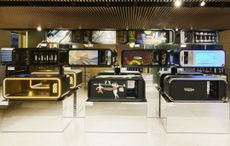 Technogym Home Bench 40 ways: designers interpret the home exercise classic
Technogym Home Bench 40 ways: designers interpret the home exercise classicTechnogym marks its 40 anniversary with 40 special editions of its Home Bench created in collaboration with international creatives
By Rosa Bertoli Published
-
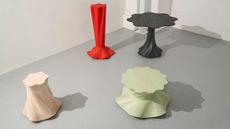 AHEC presents new works in American maple as part of the Wallpaper* Class of ’24
AHEC presents new works in American maple as part of the Wallpaper* Class of ’24The American Hardwood Export Council takes part in the Wallpaper* Class of ’24 exhibition at Triennale Milano during Salone del Mobile (16-21 April 2024), presenting new pieces by Parti and Giles Tettey Nartey in American hard maple
By Rosa Bertoli Published
-
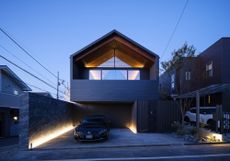 Modern Japanese houses inspiring minimalism and avant-garde living
Modern Japanese houses inspiring minimalism and avant-garde livingWe tour the best Japanese architecture and modern Japanese houses designed by international and local architects that open up possibilities for all types of lifestyle, from minimalist to communal in Japanese architecture.
By Ellie Stathaki Published
-
 An Aoyama House exemplifies a synergetic architect and client relationship
An Aoyama House exemplifies a synergetic architect and client relationshipA client’s faith in his architect pays dividends in Aoyama House; a light-filled, effortlessly elegant Tokyo home
By Jens H Jensen Published
-
 Tokyo home Le49Ⅱ brings together drama, domestic luxury and hybrid working habits
Tokyo home Le49Ⅱ brings together drama, domestic luxury and hybrid working habitsLe49Ⅱ by Japanese architects Apollo is a Tokyo home for a young family with hybrid working habits
By Ellie Stathaki Published
-
 Takeshi Ikeuchi’s kei truck is a minimalist Japanese mobile showroom
Takeshi Ikeuchi’s kei truck is a minimalist Japanese mobile showroomTakeshi Ikeuchi's kei truck design is a Japanese timber specialist’s minimalist mobile showroom
By Jens H Jensen Published
-
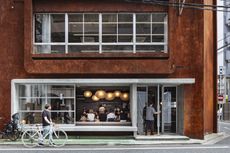 Nekoyacho Bldg is a Hiroshima office on a crossroads of 'food, work and entertainment'
Nekoyacho Bldg is a Hiroshima office on a crossroads of 'food, work and entertainment'Nekoyacho Bldg has been designed by Suppose Design Office as a 21st century workspace in Hiroshima, Japan
By Danielle Demetriou Published
-
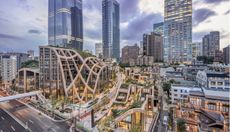 Heatherwick Studio’s Azabudai Hills district launches as Tokyo’s newest city-in-a-city
Heatherwick Studio’s Azabudai Hills district launches as Tokyo’s newest city-in-a-cityTokyo welcomes the Azabudai Hills district, designed by Heatherwick Studio and constructed as a city-in-a-city after over three decades of planning
By Danielle Demetriou Published
-
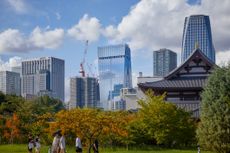 Toranomon Hills Station by OMA adds dynamism to the Tokyo skyline
Toranomon Hills Station by OMA adds dynamism to the Tokyo skylineToranomon Hills Station is OMA's first tower in Tokyo - as well as a project expanding and evolving the high rise typology
By Danielle Demetriou Published
-
 Terunobu Fujimori’s Kodomari Fuji guest house features a roof lined with cherry trees
Terunobu Fujimori’s Kodomari Fuji guest house features a roof lined with cherry treesCherry trees line the roof at Kodomari Fuji, Terunobu Fujimori's first accommodation facility design, a private guest house in Japan
By Joanna Kawecki Published